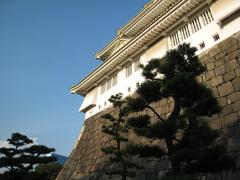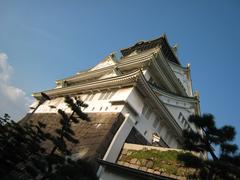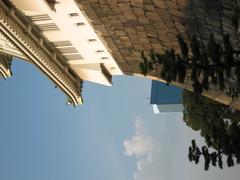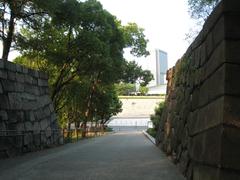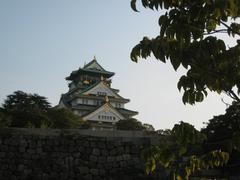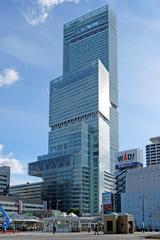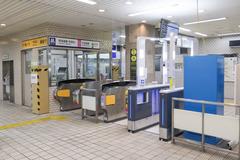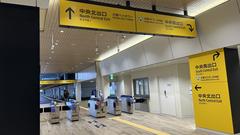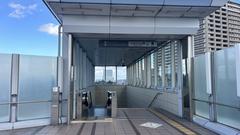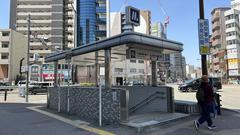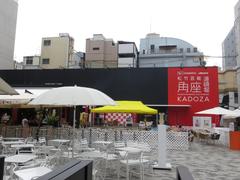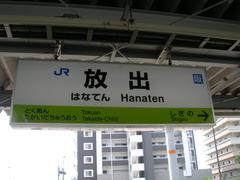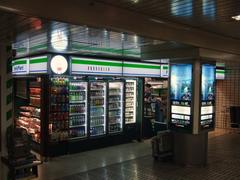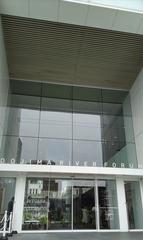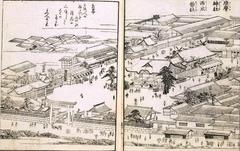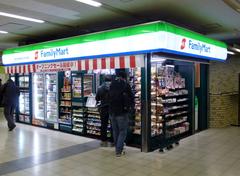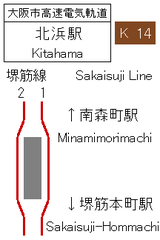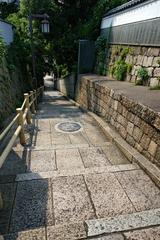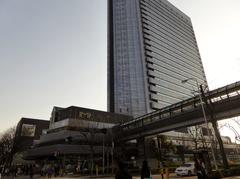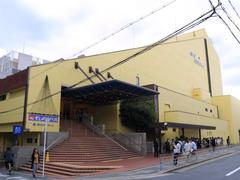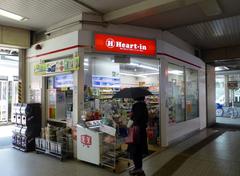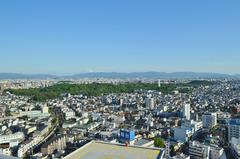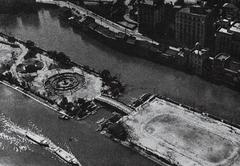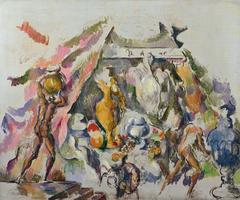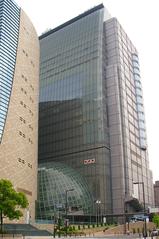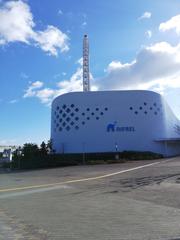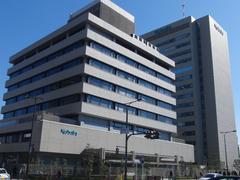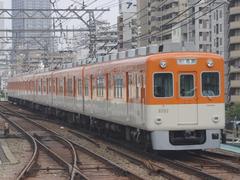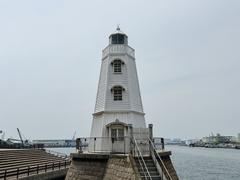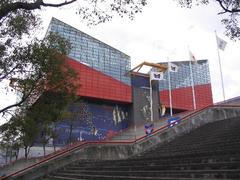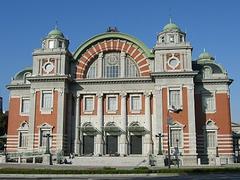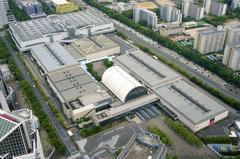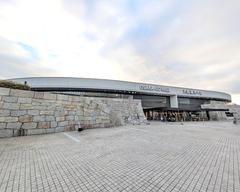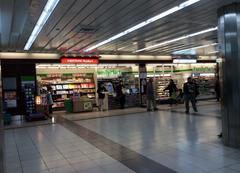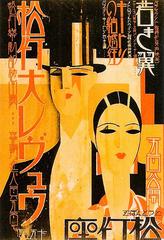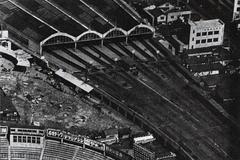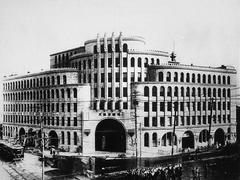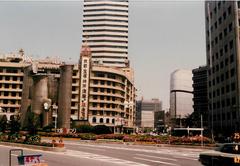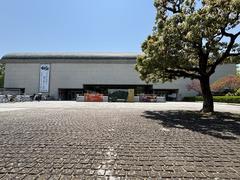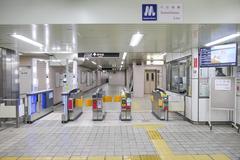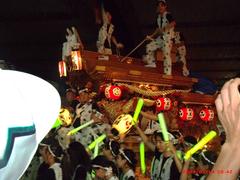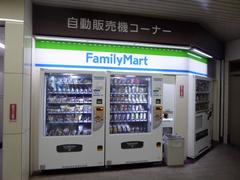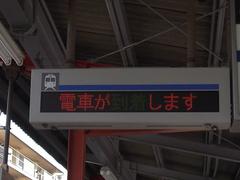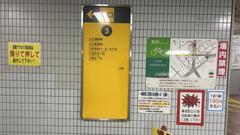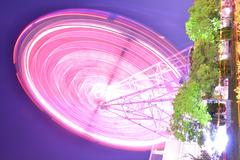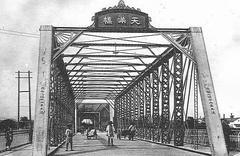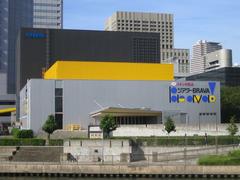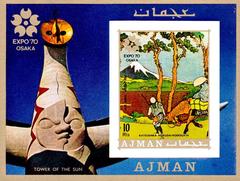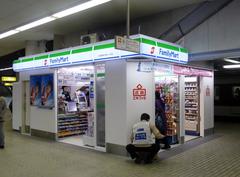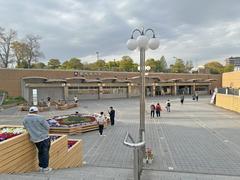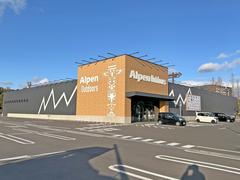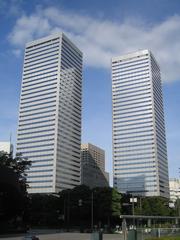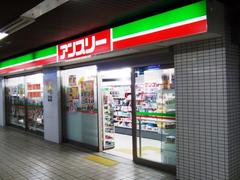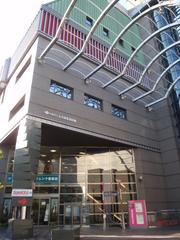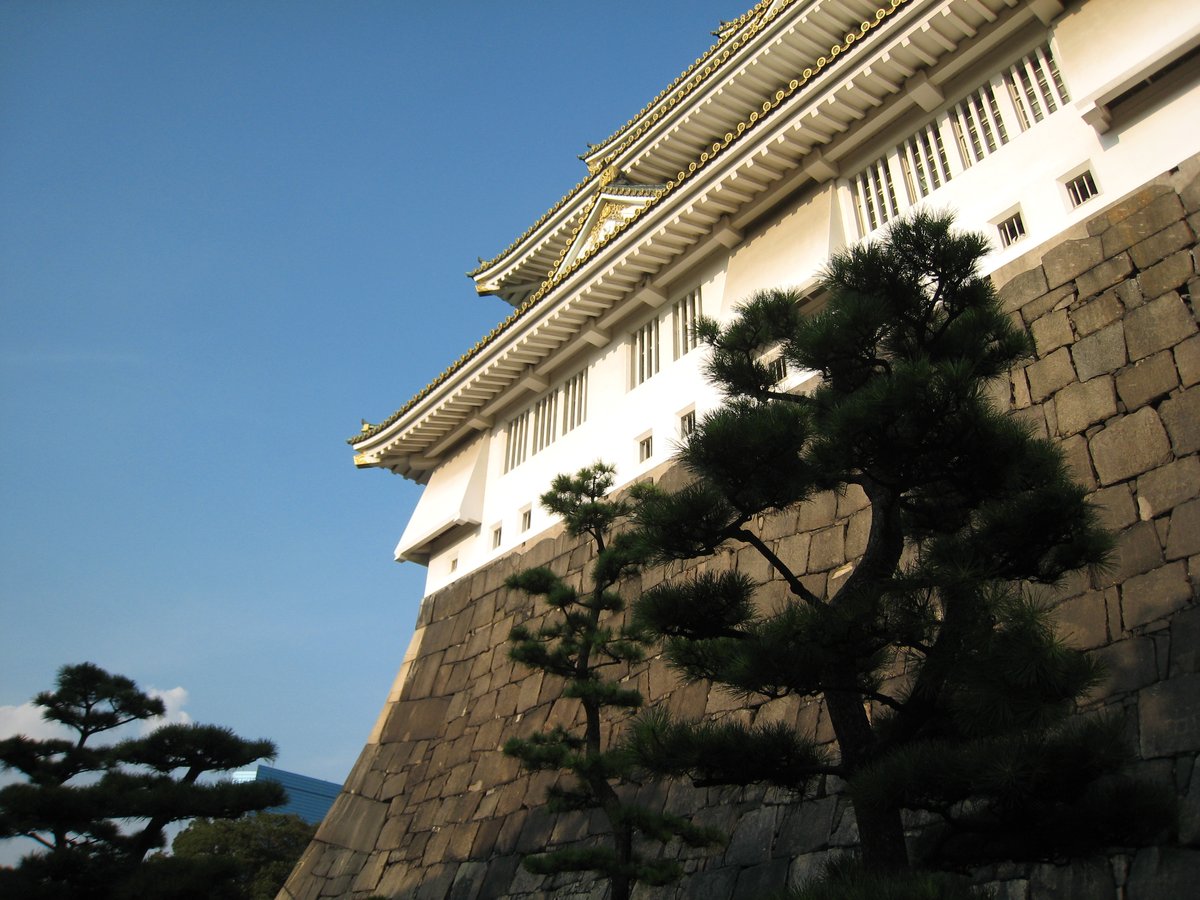
Guide to Visiting Osaka Castle, Osaka-shi, Japan
Date: 16/07/2024
Introduction
Osaka Castle, known as 大阪城 (Ōsaka-jō) in Japanese, is a historical landmark that stands as a testament to Japan’s rich cultural heritage and tumultuous history. Constructed in the late 16th century by Toyotomi Hideyoshi, a prominent daimyo and samurai warrior, the castle played a critical role in Hideyoshi’s efforts to unify Japan (Osaka Castle Park). The castle’s strategic design, incorporating advanced fortification techniques, massive stone walls, and a complex moat system, made it one of the most formidable strongholds of its time.
Over the centuries, Osaka Castle has witnessed significant events, including the Siege of Osaka, which marked the downfall of the Toyotomi clan and the rise of the Tokugawa shogunate (Japan Guide). Despite being damaged and reconstructed multiple times, the castle remains a symbol of resilience and cultural pride for the people of Osaka and Japan as a whole. Today, it is a major tourist attraction, drawing millions of visitors annually who come to explore its historical museum, enjoy the scenic beauty of Osaka Castle Park, and participate in various cultural events (Osaka Info).
Table of Contents
- Introduction
- A Rich History
- Visitor Information
- Nearby Attractions
- Frequently Asked Questions (FAQ)
- Conclusion
Exploring Osaka Castle
A Rich History
Origins and Construction
Osaka Castle’s origins date back to the late 16th century, during the Azuchi-Momoyama period. It was initially constructed by Toyotomi Hideyoshi, who sought to unify Japan under his rule. Construction began in 1583 on the site of the Ishiyama Hongan-ji Temple, which had been destroyed by Oda Nobunaga in 1580 (Osaka Castle Park).
The castle’s main tower, or tenshu, was completed in 1585 and stood as one of the largest and most formidable castles in Japan. The design incorporated advanced fortification techniques, massive stone walls, and a complex system of moats, making it a formidable stronghold against any potential sieges.
The Siege of Osaka
Following Hideyoshi’s death in 1598, his son, Toyotomi Hideyori, inherited the castle. However, the Tokugawa shogunate, led by Tokugawa Ieyasu, viewed the Toyotomi clan as a threat. This tension culminated in the Siege of Osaka, which took place in two major campaigns—the Winter Campaign of 1614 and the Summer Campaign of 1615 (Japan Guide).
During the Winter Campaign, Tokugawa forces laid siege to the castle but were unable to breach its defenses. A truce was negotiated, leading to the dismantling of some of the castle’s outer defenses. The following year, the Summer Campaign saw a renewed assault by Tokugawa forces. Despite fierce resistance, the castle fell, and Toyotomi Hideyori and his family perished. The fall of Osaka Castle marked the end of the Toyotomi clan and solidified Tokugawa Ieyasu’s control over Japan.
Reconstruction and Modernization
After the siege, Tokugawa Ieyasu ordered the reconstruction of Osaka Castle. The new structure was completed in 1629 under the supervision of Tokugawa Hidetada, Ieyasu’s son. The rebuilt castle featured a five-story main tower and enhanced fortifications, reflecting the architectural advancements of the Edo period (Osaka Info).
In 1665, the main tower was struck by lightning and burned down. It wasn’t until the early 20th century that efforts to restore the castle began in earnest. In 1931, the main tower was reconstructed using modern materials, including ferroconcrete, while retaining its historical appearance. This reconstruction was funded by public donations, reflecting the castle’s enduring significance to the people of Osaka.
World War II and Post-War Restoration
Osaka Castle faced significant challenges during World War II. The castle grounds were used as a military arsenal, making it a target for Allied bombing raids. In 1945, much of the castle complex was damaged or destroyed. However, the main tower survived, albeit with some damage (Osaka Castle Park).
In the post-war period, efforts to restore and preserve Osaka Castle gained momentum. The castle grounds were designated as a historic site, and extensive restoration work was undertaken. In 1997, a major renovation project was completed, which included the installation of modern amenities such as elevators and air conditioning, making the castle more accessible to visitors while preserving its historical integrity.
Cultural Significance
Osaka Castle holds a special place in Japanese culture and history. It is not only a symbol of the power and ambition of Toyotomi Hideyoshi but also a testament to the resilience and determination of the people of Osaka. The castle has been featured in numerous works of literature, art, and film, further cementing its status as an iconic landmark.
The castle’s grounds, known as Osaka Castle Park, cover approximately 106 hectares and include a variety of attractions, such as the Nishinomaru Garden, which offers stunning views of the castle and cherry blossoms in spring. The park also hosts various cultural events and festivals throughout the year, attracting millions of visitors from around the world (Osaka Info).
Visitor Information
Tickets and Opening Hours
Osaka Castle is open to visitors year-round, with varying hours depending on the season. Generally, the castle is open from 9:00 AM to 5:00 PM, with the last entry at 4:30 PM. It is advisable to check the official website for the most up-to-date information on visiting hours (Osaka Castle Park).
Tickets for Osaka Castle are available at the entrance or online. The standard admission fee is 600 yen for adults, with discounts available for students and seniors. Children under 15 can enter for free. Combined tickets that include entry to the Osaka Museum of History are also available.
Travel Tips
To make the most of your visit to Osaka Castle, consider the following tips:
- Best Time to Visit: The cherry blossom season in late March to early April is the most popular time to visit, as the castle grounds are adorned with blooming sakura trees. Autumn, with its vibrant foliage, is also a beautiful time to explore the castle.
- Getting There: Osaka Castle is easily accessible by public transport. The nearest stations are Osakajokoen Station on the JR Loop Line and Tanimachi 4-chome Station on the Tanimachi and Chuo subway lines.
- Accessibility: The castle has been equipped with modern amenities, including elevators, to accommodate visitors with mobility issues. There are also multilingual information signs and brochures available.
- Guided Tours: Consider joining a guided tour to gain deeper insights into the castle’s history and significance. Tours are available in multiple languages.
Nearby Attractions
In addition to exploring Osaka Castle, visitors can enjoy several nearby attractions:
- Osaka Museum of History: Located just a short walk from the castle, this museum offers exhibits on the history of Osaka from ancient times to the present.
- Nishinomaru Garden: This beautifully landscaped garden within Osaka Castle Park provides stunning views of the castle and is especially popular during cherry blossom season.
- Shitennoji Temple: One of Japan’s oldest Buddhist temples, Shitennoji offers a glimpse into the country’s religious heritage.
- Dotonbori District: A vibrant entertainment area known for its neon lights, street food, and shopping, Dotonbori is a must-visit for anyone exploring Osaka.
Frequently Asked Questions (FAQ)
What are the visiting hours for Osaka Castle? The castle is generally open from 9:00 AM to 5:00 PM, with the last entry at 4:30 PM. However, hours may vary by season, so check the official website for the latest information.
How much are the tickets for Osaka Castle? The standard admission fee is 600 yen for adults, with discounts available for students and seniors. Children under 15 can enter for free.
What are the best times to visit Osaka Castle? The best times to visit are during the cherry blossom season in late March to early April and in autumn when the foliage is vibrant.
Is Osaka Castle accessible for visitors with mobility issues? The castle grounds are generally accessible, but the main tower has several flights of stairs and no elevator. The museum offers virtual tours and other accommodations.
Are guided tours available at Osaka Castle? Yes, English-speaking guides are available, and tours can be booked through the official website or at the information center on-site.
Can I take photos at Osaka Castle? Photography is allowed in most areas, but the use of tripods and drones is prohibited. The observation deck offers panoramic views ideal for photos.
Conclusion
Osaka Castle is more than just a historical monument; it is a living testament to Japan’s rich cultural heritage and architectural ingenuity. From its origins as a grandiose stronghold envisioned by Toyotomi Hideyoshi to its modern-day status as a beloved tourist destination, the castle has continually evolved while preserving its historical essence. Visitors can immerse themselves in the castle’s storied past through its museum exhibits, explore the serene Nishinomaru Garden, and enjoy panoramic views of Osaka from the castle tower. Whether visiting during the cherry blossom season or the vibrant autumn foliage, Osaka Castle offers a unique and enriching experience that encapsulates the spirit of Japan (Osaka Castle Park, Japan Guide). For the latest updates and more detailed information, be sure to visit the official Osaka Castle website.
References
- Exploring Osaka Castle - History, Visiting Hours, and Travel Tips, 2024, Unknown Author Osaka Castle Park
- Exploring Osaka Castle - History, Visiting Hours, and Travel Tips, 2024, Unknown Author Japan Guide
- Exploring Osaka Castle - History, Visiting Hours, and Travel Tips, 2024, Unknown Author Osaka Info
